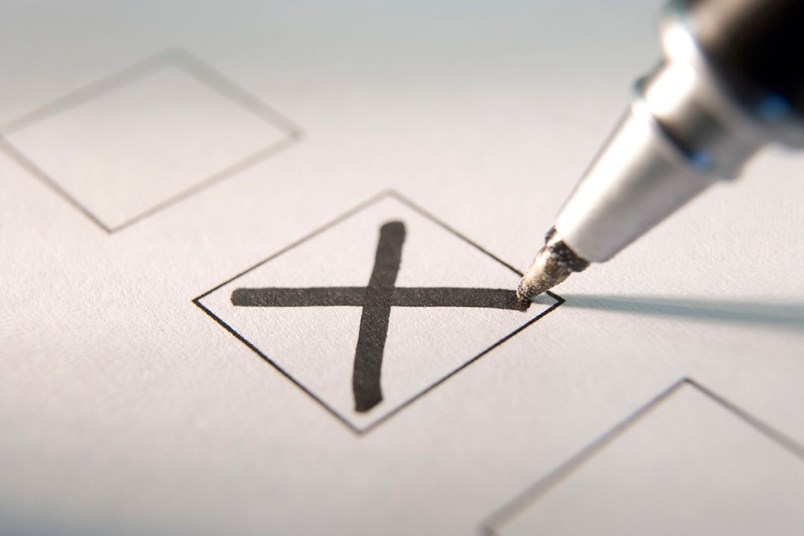Predicting an election outcome is a risky endeavour at best, but a somewhat safer exercise is focusing on the specific ridings that may determine which party forms government after the Sept. 20 vote.
In B.C., there are 42 ridings but close to 30 of them can be considered strongholds for one party or another. The outcomes of the races in ridings such as Vancouver East (an NDP fortress), Vancouver Centre (a Liberal mainstay) and Prince George-Peace River-Northern Rockies (a Conservative bastion) can be declared before the ballot boxes are even opened.
About a dozen ridings, however, usually have close results and therefore stand a good chance of changing hands from one party to another. Depending on what happens in the rest of the country (particularly southern Ontario and Quebec) these B.C. ridings could be pivotal to the election outcome.
Almost all of these ridings are sprinkled through the suburbs of Metro Vancouver.
The Tri-Cities area, for example, has two seats that could go down to the wire. The Conservatives narrowly won Port Moody-Coquitlam in 2019 in a genuine three-way fight while the Liberals squeaked out a victory in neighbouring Coquitlam-Port Coquitlam.
The Conservatives have to be concerned some other seats nearby that they currently hold - Cloverdale-Langley City, Maple Ridge-Mission and South Surrey-White Rock - could easily change hands as voting demographics have changed over time, with more younger voters moving into the region.
Recent polling has shown Liberal fortunes may be taking a dip in B.C. Whether that happens or not, the party is likely nervous about its grip on two North Shore ridings.
I have written before that the NDP has a decent chance at taking Burnaby North-Seymour, but the Liberals cannot presume to have a lock on West Vancouver-Sunshine Coast-Sea to Sky. Incumbent Paul Weiler received just 35% of the vote in 2019 in a riding that has elected Conservative candidates on numerous occasions.
The Liberals are also likely worried about two Surrey ridings - Fleetwood-Port Kells and Surrey Centre - which they won with less than 40% of the vote last time around. The NDP’s closest win came in South Okanagan-West Kootenay, so that is one to keep an eye on as well.
Of course, polls may show the race tightening even further in the campaign’s final week or perhaps the opposite will occur: maybe there will be more daylight between the parties.
Questions remain as we head to voting day.
Can Justin Trudeau gain some momentum after appearing to be stuck in neutral for most of the campaign?
Can Erin O’Toole continue his risk-averse approach to campaigning, or can his opponents use some issues (vaccination requirements, child care funding e.g.) to inflict some damage?
Will Jagmeet Singh’s relentless focus on heavily taxing the “super rich” pay off at the voting booth?
And will the Green Party’s apparent erosion of support favour one party over another?
In most ridings, the answers to question like these may not change the voting outcome. However, in about a dozen or so ridings in this province they may very well determine a winner.
Keith Baldrey is chief political reporter for Global BC.

